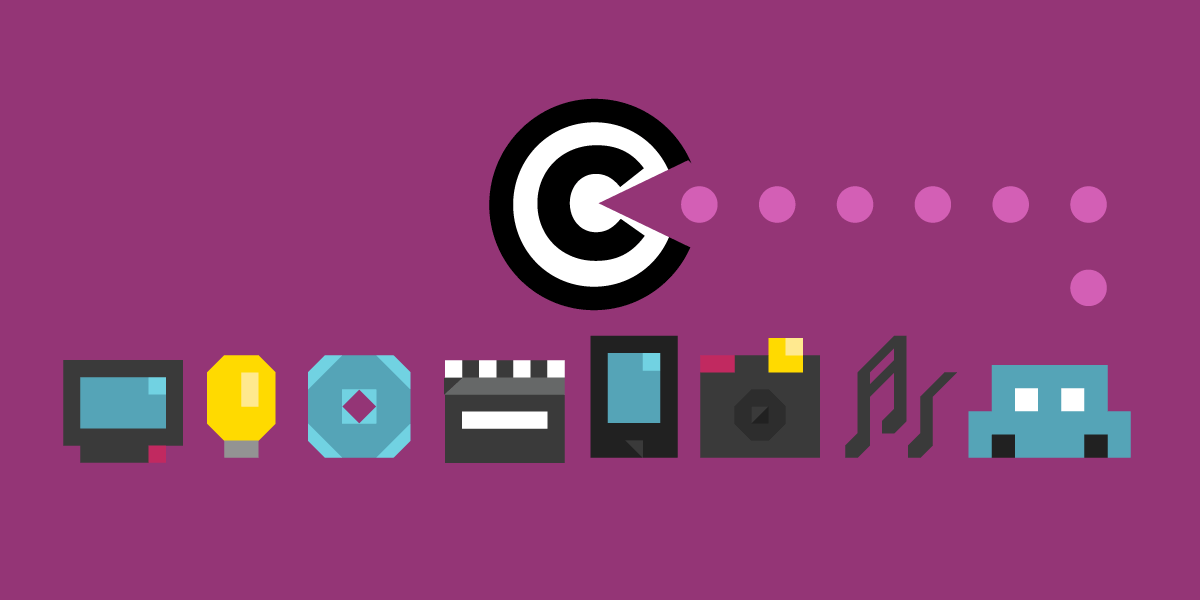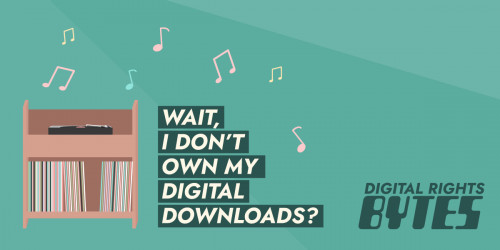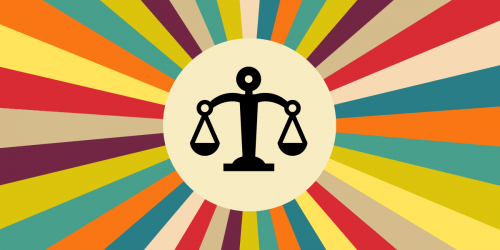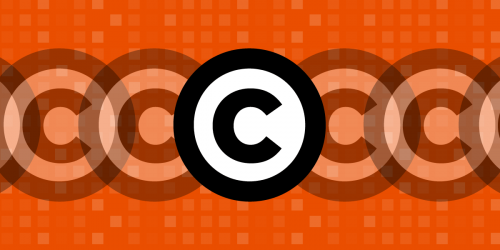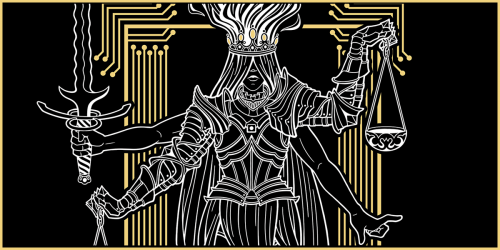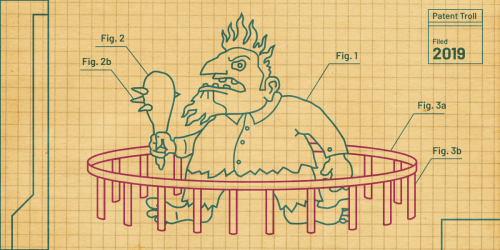The Digital Millennium Copyright Act (DMCA) is one of the most important laws affecting the Internet and technology. Without the DMCA’s safe harbors from crippling copyright liability, many of the services on which we rely, big and small, commercial and noncommercial, would not exist. That means Youtube, but also Wikipedia, Etsy, and your neighborhood blog. At the same time, the DMCA has encouraged private censorship and hampered privacy, security, and competition.
The DMCA is 22 years old this year and the Senate Subcommittee on Intellectual Property is marking that occasion with a series of hearings reviewing the law and inviting ideas for “reform.” It launched this week with a hearing on “The Digital Millennium Copyright Act at 22: What is it, why was it enacted, and where are we now,” which laid out the broad strokes of the DMCA’s history and current status. In EFF’s letter to the Committee, we explained that Section 1201 of the DMCA has no redeeming value. It has caused a lot of damage to speech, competition, innovation, and fair use. However, the safe harbors of Section 512 of the DMCA have allowed the Internet to be an open and free platform for lawful speech.
This hearing had two panels. The first featured four panelists who were involved in the creation of the DMCA 22 years ago. The second panel featured four law professors talking about the current state of the law. A theme emerged early in the first panel and continued in the second: the conversation about the DMCA should not focus on whether it is and is not working for companies, be they Internet platforms, major labels and studios, or even, say, car manufacturers. Users—be they artists, musicians, satirists, parents who want to share videos of their kids, nonprofits trying to make change, repair shops or researchers—need a place and a voice.
The intent of the DMCA 22 years ago was to discourage copyright infringement but create space for innovation and expression, for individuals as well as Hollywood and service providers. Over the course of the last two decades, however, many have forgotten who is supposed to occupy that space. As we revisit this law over the course of many hearings this year, we need to remember that this is not “Big Content v Big Tech” and ensure that users take center stage. Thankfully, at least at this hearing, there were people reminding Congress of this fact.
Section 512: Enabling Online Creativity and Expression
The DMCA has two main sections. The first is Section 512, which lays out the "safe harbor" provisions that protect service providers who meet certain conditions from monetary damages for the infringing activities of their users and other third parties on the net. Those conditions include a notice and takedown process that gives copyright holders an easy way to get content taken offline and, in theory, gives users redress if their content is wrongfully targeted. Without the safe harbor, the risk of potential copyright liability would prevent many services from doing things like hosting and transmitting user-generated content. Thus the safe harbors, while imperfect, have been essential to the growth of the Internet as an engine for innovation and free expression.
In the second part of the hearing, Professor Rebecca Tushnet, a Harvard law professor and former board member of the Organization for Transformative Works (OTW), stressed how much that the safe harbor has done for creativity online. Tushnet pointed out that OTW runs the Archive of Our Own, home to over four million works from over one million users and which receives over one billion page views a month. And yet, the number of DMCA notices averages to less than one per month. Most notices they receive are invalid, but the volunteer lawyers for OTW must still spend time and expense to investigate and respond. This process—small numbers of notices and individual responses—is how most services experience the DMCA. A few players—the biggest players—however, rely on automated systems to parse large numbers of complaints. “It’s important,” said Tushnet, “not to treat YouTube like it was the Internet. If we do that, the only service to survive will be YouTube.”
We agree. Almost everything you use online relies in some way on the safe harbor provided by section 512 of the DMCA. Restructuring the DMCA around the experiences of the largest players like YouTube and Facebook will hurt users, many of which would like more options rather than fewer.
“The system is by no means perfect, there remain persistent problems with invalid takedown notices used to extort real creators or suppress political speech, but like democracy, it’s better than most of the alternatives that have been tried,” said Tushnet. “The numbers of independent creators and the amount of money spent on content is growing every year. Changes to 512 are likely to make things even worse.”
Section 1201: Copyright Protection Gone Horribly Wrong
On the other hand, the DMCA also includes Section 1201, the "anti-circumvention" provisions that bar circumvention of access controls and technical protection measures, i.e. digital locks on software. It was supposed to prevent copyright "pirates" from defeating things like digital rights management (DRM is a form of access control) or building devices that would allow others to do so. In practice, the DMCA anti-circumvention provisions have done little to stop "Internet piracy.” Instead, they’ve been a major roadblock to security research, fair use, and repair and tinkering.
Users don’t experience Section 1201 as a copyright protection. They experience it as the reason they can’t fix their tractor, repair their car, or even buy cheaper printer ink. And attempts to get exemptions to this law for these purposes—which, again, are unrelated to copyright infringement and create absurd conditions for users trying to use things they own—are always met with resistance.
Professor Jessica Litman, of University of Michigan Law School, laid out the problem of 1201 clearly:
The business that make products with embedded software have used the anti-circumvention provisions to discourage the marketing of compatible after-market parts or hobble independent repair and maintenance businesses. Customers who would prefer to repair their broken products rather than discard and replace them face legal obstacles they should not. It’s unreasonable to tell the owner of a tractor that if her tractor needs repairs, she ought to petition the Librarian of Congress for permission to make those repairs.
1201 covers pretty much anything that has a computer in it. In 1998, that meant a DVD; in 2020, it means the Internet of Things, from TVs to refrigerators to e-books to tractors. Which is why farmers trying to repair, modify or test those things—farmers, independent mechanics, security researchers, people making ebooks accessible to those with print disabilities, and so on—either have to abandon their work, risk being in violation of the law (including criminal liability), or ask the Library of Congress for an exemption to the law every three years.
Put simply, the existing scheme doesn’t discourage piracy. Instead, it prevents people from truly owning their own devices; and, as Litman put it, “prevents licensed users from making licensed uses.”
The DMCA is a mixed bag. Section 512’s safe harbor makes expression online possible, but the specific particulars of the system have failures. And section 1201 has strayed far away from whatever its original purpose was and hurts users far more than it helps rightsholders. To see why, the DMCA hearings must include testimony focused needs and experiences of all kinds of users and services.
